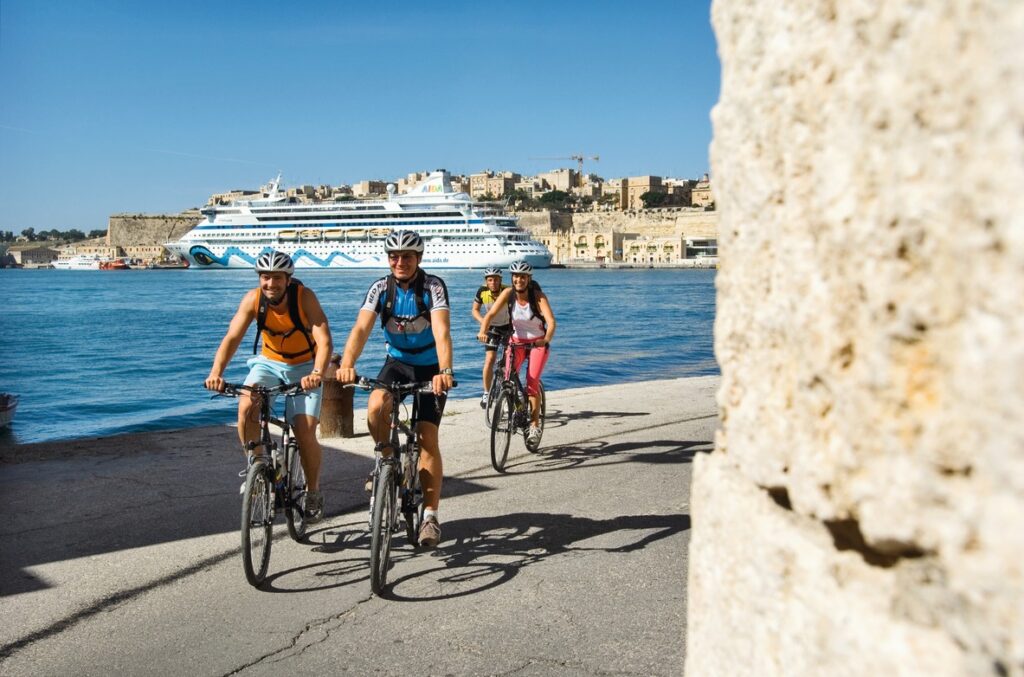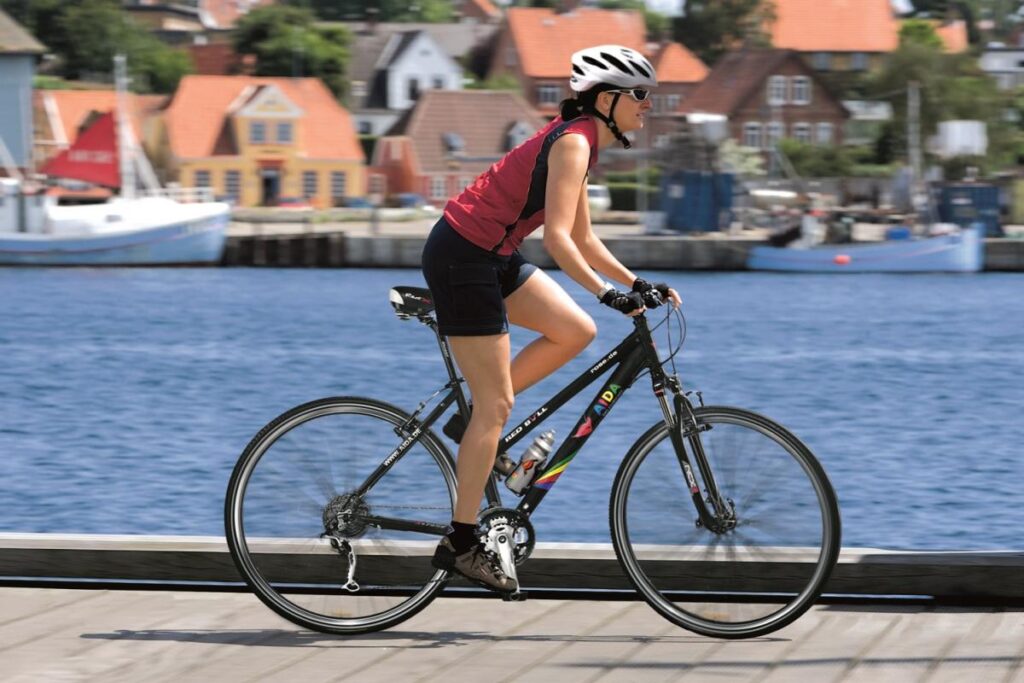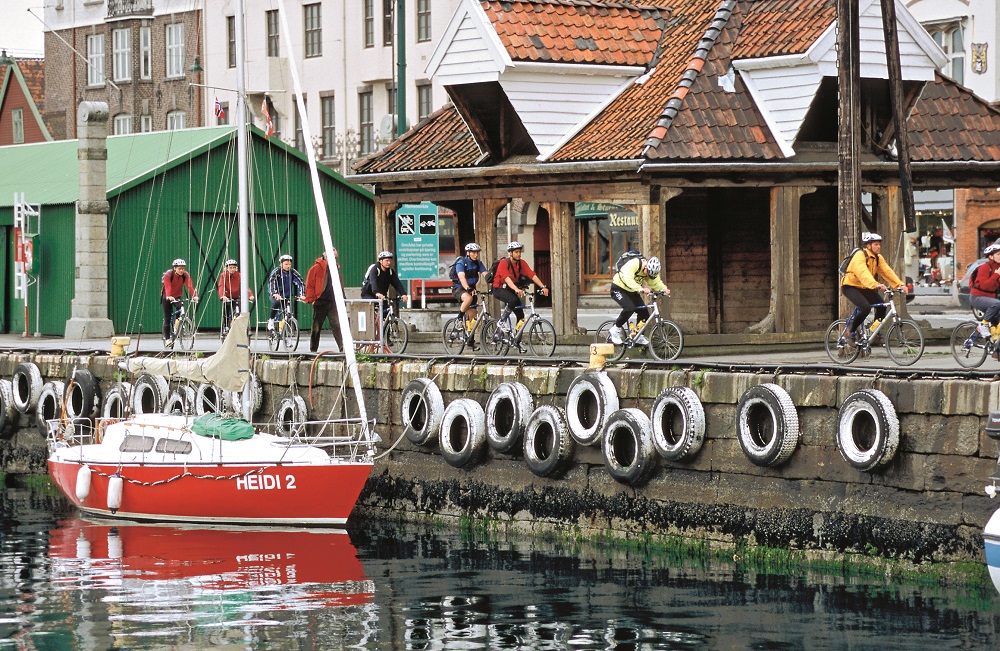)
Sustainable shore excursions
Sustainable shore excursions not only offer AIDA guests unforgettable vacation experiences, they can also make a significant contribution to economic development, environmental protection, cultural heritage and improving the livelihoods of the local population in the destinations.
)
Project objectives
Creation of a transparent basis for comparing the sustainability of the individual excursion offers of AIDA Cruises
Development of measurable and scientific criteria for evaluating the excursion offers, that are transferable to other destinations
Creation of a catalog of criteria for sustainable shore excursions
Application of the developed criteria in other destinations
Pioneering work in the development of criteria for sustainable shore excursions
AIDA Cruises is one of the pioneers in the cruise industry when it comes to "sustainable shore excursions" and is continuously expanding its offering. in 2013, AIDA Cruises and Futouris e.V., together with the State Chancellery of Mecklenburg-Vorpommern and Leuphana University in Lüneburg, developed standardized criteria for sustainable shore excursions as part of a joint project. The aim was to create a transparent basis for comparing the sustainability of individual excursion offers and to base the evaluation on measurable and scientific criteria.

At the beginning of 2014, the Baltic Sea region was evaluated as a model region using the new list of criteria. The evaluation model was then transferred to all AIDA Cruisesexcursion offers in the worldwide destination regions. The company currently offers 142 shore excursions and 230 bicycle and pedelec tours that bear the sustainability seal. These also include offers such as kayak tours and fun sports.
All excursions offered by AIDA Cruises that meet the standardized social, ecological and cultural criteria are marked with a tree symbol. This allows AIDA guests to see which offers are particularly sustainable when booking an excursion on MyAIDA.

Main criteria for evaluating the excursion offers
The four main criteria for evaluating the individual excursion offers include
the transportation services,
the content or focus of the excursion (e.g. the duration of the excursion), the quality of the excursion (e.g. the quality of the service), the quality of the service (e.g. the quality of the service).
the gastronomic offer and
the sustainability commitment of the local partner agency.
In addition, there are numerous sub-criteria that are also included in the assessment.
In the area of transportation, the focus is on avoiding CO2 emissions. Bicycle excursions directly from the ship therefore receive more points in the evaluation than the use of low-emission buses. If the local agency offsets the CO2 emissions generated during an excursion, this also has a positive impact on the rating.
Excursions into nature, where a trained ranger informs visitors about species protection and special features, for example, are also rated as particularly sustainable.
Another key topic is gastronomy. The use of regional products for local specialities is at the forefront of sustainable excursions.
Compliance with minimum standards for the employees of local agencies in accordance with the core labour standard of the ILO (International Labour Organization), a sub-organization of the United Nations (UN), also plays a major role in the criteria catalog.


)
)